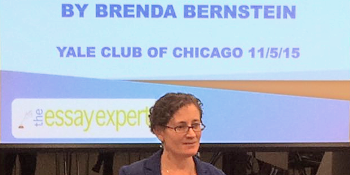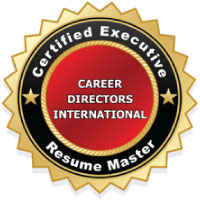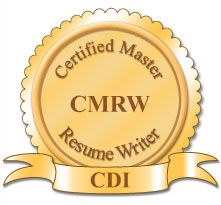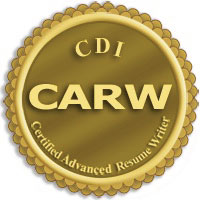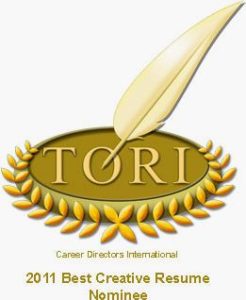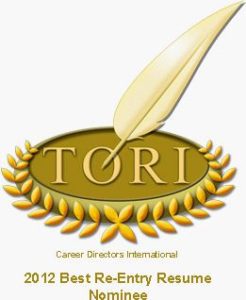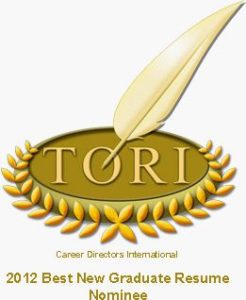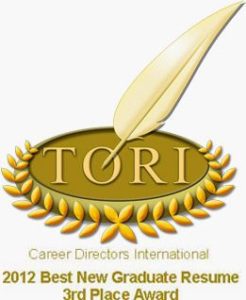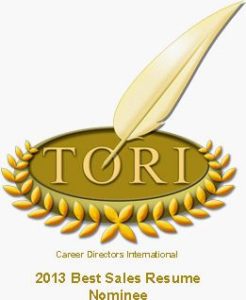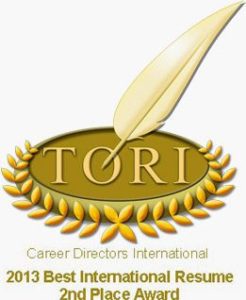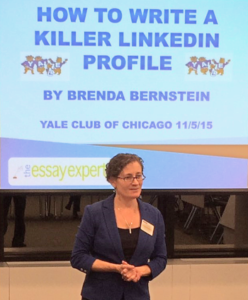 When I first published How to Write a KILLER LinkedIn Profile, I had big dreams of becoming a sought-after keynote speaker. Some part of me thought that just because my book was a best-seller on Amazon, speaking opportunities would be knocking down my doors. I had a magic number in my head for my speaker fee: $2,000 plus travel.
When I first published How to Write a KILLER LinkedIn Profile, I had big dreams of becoming a sought-after keynote speaker. Some part of me thought that just because my book was a best-seller on Amazon, speaking opportunities would be knocking down my doors. I had a magic number in my head for my speaker fee: $2,000 plus travel.
It didn’t take long for me to get an inquiry from a national organization, to whom I quoted $2,000 plus travel. They didn’t blink at the price, but they decided my topic was not right for their needs. I was inundated with other speaking offers – albeit mostly free ones. I accepted them. I spoke for free for women’s organizations, educational institutions, and local networking groups. I traveled to California to speak at a Connect – Work – Thrive conference. I did radio and TV appearances, and was interviewed for several BlogTalkRadio spots.
After a couple of years, I started getting more offers to speak for pay. I received $500 for a webinar, $350 for a talk for a local networking group, and $1,500 for three appearances at Project Management Institute meetings in Wisconsin. I was granted 100% of the entrance fees when I spoke at the Yale Club in Chicago, and a percentage of the fees paid when I presented for The National Resume Writers’ Association. Things were looking up.
The idea with giving presentations, whether free or paid, is that you get access to potential clients. But I was not getting clients, even when I spoke to audiences theoretically comprised of my target market. Still, I kept speaking, and holding out for paid opportunities.
Finally, a breakthrough happened. I was asked to speak at a software company in Madison, and they agreed to pay me close to $2,000 for a 2-hour workshop, plus an additional amount for individual coaching of their staff. Shortly following that win, I was asked for a proposal by a business school on the east coast. I submitted it, and was granted – at long last – $2,000 plus travel expenses!
How I reached this milestone is a complex story. I wasn’t even clear about how I did it until I attended a webinar by Denise Hedges, presented for Career Thought Leaders. Here’s what I learned, both through my own experiences and through the webinar, about how to make money as a speaker:
1. Become an author.
This one is obvious isn’t it? Right or wrong, authors are considered authorities on the topic they write about. If you can become a best-selling author, even better. I have no doubt that having written How to Write a KILLER LinkedIn Profile is responsible for much of the interest in me as a speaker.
Writing content for a blog helps too, as does creating a monthly or quarterly newsletter. Build an audience through your writing and you are more likely to attract an audience who wants to see you live.
2. Market yourself confidently as a speaker.

 I realized early on that if I were going to get paid to speak, I had better have a great head shot. I believe my new head shot, a vast improvement over the home-made one I had used previously, made a difference in the interest level for my services.
I realized early on that if I were going to get paid to speak, I had better have a great head shot. I believe my new head shot, a vast improvement over the home-made one I had used previously, made a difference in the interest level for my services.
In addition, once you reach a certain point, create a speaker brochure that includes topics you can speak about, pictures of you speaking, where you have spoken before, enthusiastic testimonials, and a persuasive bio about you as a speaker. It took me years to do this, and once I did I was able to send it to the university who hired me for $2,000. I don’t know what would have happened if I had not had that brochure to promote myself.
Finally, show up professionally when you get an inquiry. Over time, I learned what questions to ask to make it clear I know what I’m doing: What is the organization’s budget if any? How big is the audience? Who will be in the audience and what are their goals? How long is the presentation? Who will pay for my travel? Who will pay for printing any materials I want to distribute? Do I need a parking pass? Asking these questions demonstrates that you are experienced and in control of the situation. You will command respect.
3. Say yes.
Before I got the paid speaking engagements I so desired, I said yes to a lot of unpaid opportunities. Through those events, I became a better speaker and garnered testimonials and photographs to use in my brochure (see #2). I built credibility so that more prestigious organizations would ask me to speak.
Notice I said I garnered testimonials. Yes, I asked for them! Testimonials don’t often drop in your lap. But many people will be happy to write them when you ask.
Also, you never know who might be in attendance at one of your presentations. I have had attendees at a free talk connect me with future paid opportunities.
4. Choose a punchy title and write an effective program description.
In your session title, describe what you’re going to speak about. Don’t be cryptic. Keep the title short – and add a subtitle if appropriate. Most important, don’t promise something and then not deliver! You want people to be satisfied that you gave them what they expected (and more).
For the description promoting your session, write a paragraph or two about the problem and the solution you will provide, then list 3-5 takeaways of what the audience will get from the presentation. Here’s Denise’s well-crafted title:
Build Your Business By Speaking: What They’re Not Telling You About How to Get Started
And here’s one of my upcoming session titles:
The Human Guinea Pig: How to Put Personality into LinkedIn Profiles
5. Capture their attention
Always start your presentations with a story! Personal stories are relatable and create likability and trust. Then tell them your objective and what they can expect to learn during the time you’re together. Set expectations not just for what you’ll be saying, but also for when they will be able to ask questions. These practices will create an attentive audience who is not distracted with wondering why you’re saying what you’re saying or when they will get to ask their questions.
6. Address the concerns of your audience.
I often ask the organizer of an event ahead of time to collect questions from people who will be attending my presentation. That way I have an understanding of their needs and can craft my material accordingly. I tailor what I’m saying to the group to make sure I provide value.
I don’t hold back. I provide as much value as I can provide in 45 minutes. It never works to look like you’re trying to sell something. I reserve just the last two minutes for an offer.
7. Give something valuable to your audience.
Denise Hedges recommends making an offer to your audience for a complimentary consultation. If you do this right, you can get a 10-20% response from your audience, and about half of them will hire you after the consultation.
I’ll admit that while I’ve sold a fair number of books after my presentations, I have not been successful in obtaining many clients from my speaking engagements. I have made offers to attendees, but based on the low response I’ve gotten, those offers have not been attractive enough to create interest. I am going to follow the advice I got from Denise from now on! Here’s what she recommends for the offer portion of your speech:
- Make it flow seamlessly
- Offer a complimentary session – talk about what difference your services can make for them
- Directly address the people in the room who are ready to take action.
- Tell them if they want certain results, you want to talk to them.
8. Watch your body language.
Remember, 93% of your effectiveness is in your NON-VERBAL communication. Make sure you look good, aren’t fidgeting, make eye contact with the audience, and speak in a conversational manner devoid of “ums” and “uhs.”
9. Practice!
How do you get to Carnegie Hall? You practice. While you can practice in front of actual audiences, it’s much less risky to mess up and tune up by speaking to friends and family, or in front of a video recording device, so you can see what you look like and how you sound. As painful as that can be, it’s more painful to get negative feedback during your real speeches.
Do you have more tips for successfully turning speaking engagements into income streams? Please share below!

